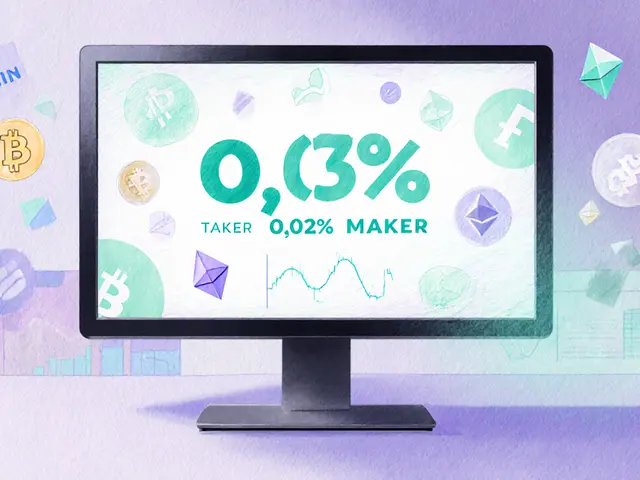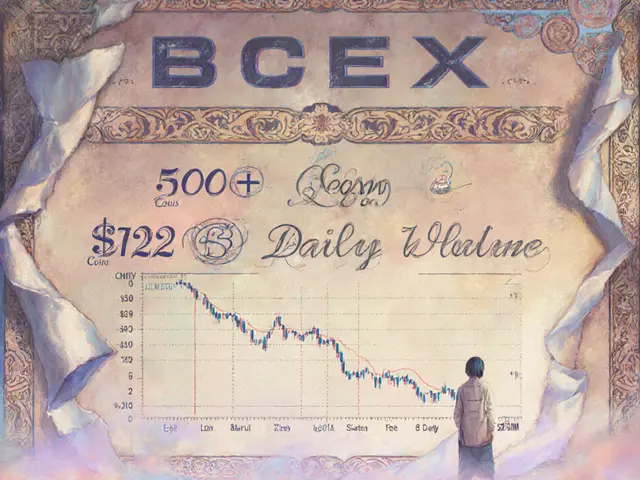Transaction Finality: Why It Matters and How It Works
When you hear transaction finality, the moment a blockchain transaction is deemed irreversible and cannot be changed. Also known as finality, it’s the safety net that lets users trust that their transfers, smart‑contract calls, or NFT minting events won’t be rolled back.
One of the biggest drivers of transaction finality is the consensus algorithm, the rule‑set that nodes follow to agree on the next block. Whether a network uses Proof of Work, Proof of Stake, or newer BFT‑based methods, the algorithm determines how many confirmations you need before a block is locked in. Faster algorithms like many Proof‑of‑Stake (PoS) designs can reach finality in seconds, while older Proof‑of‑Work chains may need several minutes.
Speaking of PoS, the Proof of Stake, a consensus model where validators lock up tokens to earn the right to propose and attest blocks PoS is tightly linked to finality. By staking, validators get a financial incentive to sign off on blocks quickly and correctly. The more stake behind a validator, the stronger the guarantee that the block they sign won’t be disputed later.
Key Players That Keep Finality Secure
At the heart of any PoS chain sits the blockchain validator, the node that proposes new blocks and votes on others to reach consensus. Validators enforce finality by broadcasting signatures; once a supermajority of signatures is collected, the network declares the block final. This process also introduces the concept of slashing, a penalty that burns part of a validator’s stake if they act maliciously or go offline. Slashing ensures validators have skin in the game, making it expensive to try and reverse a finalized transaction.
Finality isn’t just a local concern. In modular or cross‑chain ecosystems, messages travel between independent blockchains. When a transaction on Chain A triggers an action on Chain B, both chains must agree on the finality of the original event. This cross‑chain messaging often relies on specialized bridges that inherit the finality guarantees of the source chain, meaning any weakness in the source’s consensus can ripple across the whole ecosystem.
All these pieces—consensus algorithm, PoS staking, validator duties, and slashing—form a web of checks that lock in transactions fast and safely. Below you’ll find a curated set of articles that dig deeper into each of these topics, from step‑by‑step validator guides to analyses of how different networks achieve finality. Dive in to see how the theory translates into real‑world crypto projects and what you need to know to stay secure in a fast‑moving blockchain landscape.

Learn how confirmation time works, why it stops double‑spends, and what thresholds merchants and users should use across Bitcoin, Ethereum, and other blockchains.
Jonathan Jennings Sep 28, 2025




